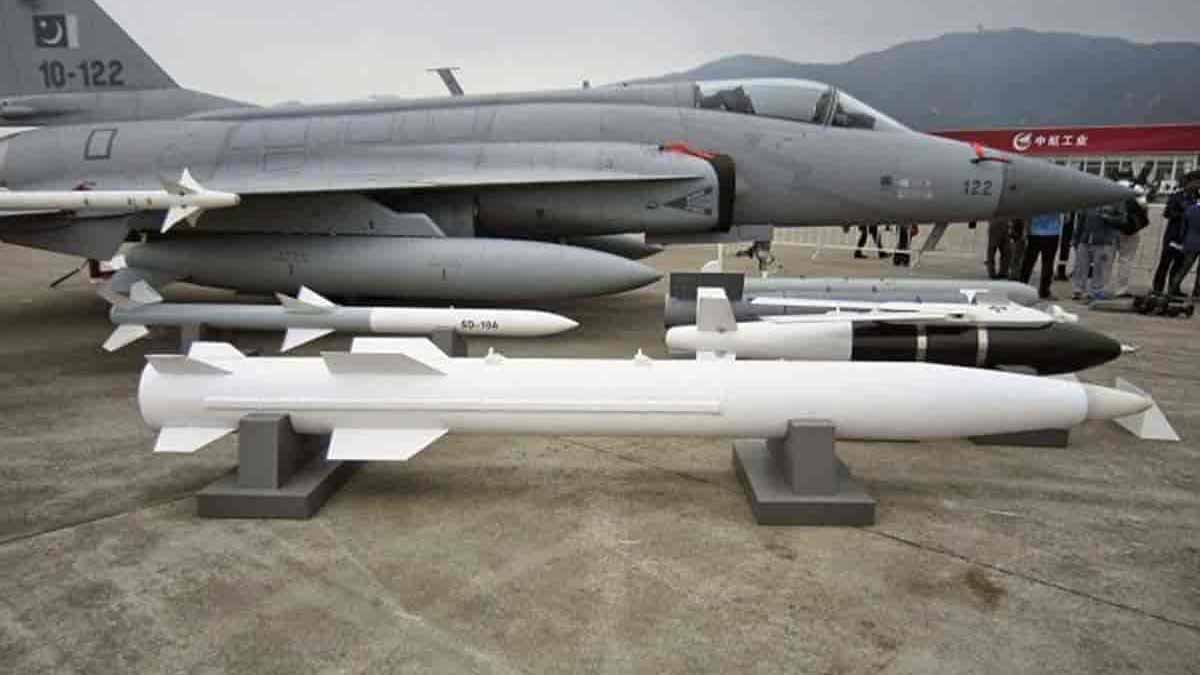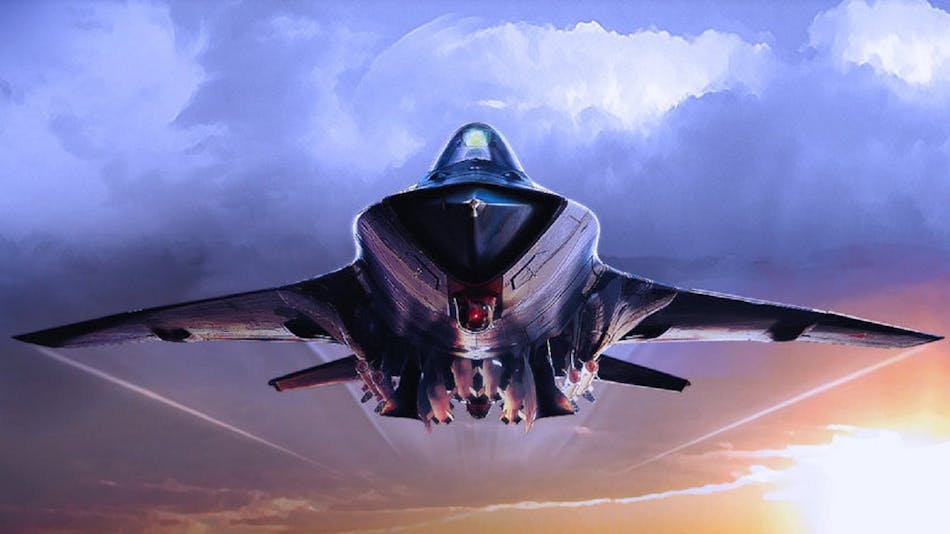Regular
- Messages
- 57
- Reactions
- 27
- Points
- 18
Hypersonic means speeds more than Mach 5. Humans have desired both civil & military application but It is still in experiment stage.
Subsonic flight still has accidents. Military pilots have ejection seats & parachutes but civillian passengers don't. Hence even supersonic flight has been restricted after Concord crash which BTW was only for rich people.
High-supersonic flight b/w Mach 3-5 will require higher altitude beyond 60Kft to reduce friction drag, but also require enough air for thrust. Occupats may also need a pressure suit which cannot be practically implemented in civil jets.
So, Hypersonic flight in near future will be restricted to military domain only. But in far future we may have civil jets like seen in Sci-Fi movies. The dream & R&D won't ever stop.
In November 1961, X-15 flew over Mach 6. On 3 October 1967, in California, an X-15 reached Mach 6.7. But it was rocket powered, not by jet engine.

Since then, research began on supersonic & hypesonic manned flight.
The problem is that supersonic air cannot enter a Turbo-jet/fan otherwise sonic shockwaves will destroy the engine. Hence convergent &/or divergent intake tunnels, moving ramps, DSI (Diverterless Supersonic Intake), etc were deviced for supersonic flight.

So the Concorde "supercruised" at Mach-2 but jet fighters used "afterburners / reheat" to fly up to Mach 3 for short duration.
As said earlier, High-supersonic flight b/w Mach 3-5 will require higher altitude beyond 60Kft to reduce friction drag, but also require enough air for thrust.
So a RAMJET in intermedite stage & then SCRAMJET (Supersonic Combustion RAMJET) is required at higher speed.

The A-12 & SR-71 used basically a variable cycle engine with a turbo-jet transitioning to a Ramjet with help of moving inlet cones to fly beyond Mach 3 for long durations, requiring multiple AA refuelling in every mission.

The Russians built MiG-25 & MiG-31 reaching Mach 2.8 to intercept SR-71 & later foreign aircrafts entering their vast airspace.

The XB-70 Valkerie could also cross Mach 3 but was cancelled due to huge cost & less benefit.

Since then there have been many rumors about secret high-supersonic & hypersonic jets being tested at AREA-51 & other remote/restricted locations.
The latest is SR-72 Darkstar showcased in movie "Top-Gun 2 : Maverick". In era of remote sensing & spy satellites, ICBMs, the purpose of hypersonic plane remains unclear. Rumors say that since 1990s some type of manned hypersonic vehicle has been flown many times for experimental purpose.

So there is long time remaining when a real hypersonic jet will be publicly revealed.
But Hypersonic missiles are being made.


In upcoming posts we will look at individual products & their elements.
Subsonic flight still has accidents. Military pilots have ejection seats & parachutes but civillian passengers don't. Hence even supersonic flight has been restricted after Concord crash which BTW was only for rich people.
High-supersonic flight b/w Mach 3-5 will require higher altitude beyond 60Kft to reduce friction drag, but also require enough air for thrust. Occupats may also need a pressure suit which cannot be practically implemented in civil jets.
So, Hypersonic flight in near future will be restricted to military domain only. But in far future we may have civil jets like seen in Sci-Fi movies. The dream & R&D won't ever stop.
In November 1961, X-15 flew over Mach 6. On 3 October 1967, in California, an X-15 reached Mach 6.7. But it was rocket powered, not by jet engine.
Since then, research began on supersonic & hypesonic manned flight.
The problem is that supersonic air cannot enter a Turbo-jet/fan otherwise sonic shockwaves will destroy the engine. Hence convergent &/or divergent intake tunnels, moving ramps, DSI (Diverterless Supersonic Intake), etc were deviced for supersonic flight.
So the Concorde "supercruised" at Mach-2 but jet fighters used "afterburners / reheat" to fly up to Mach 3 for short duration.
As said earlier, High-supersonic flight b/w Mach 3-5 will require higher altitude beyond 60Kft to reduce friction drag, but also require enough air for thrust.
So a RAMJET in intermedite stage & then SCRAMJET (Supersonic Combustion RAMJET) is required at higher speed.
The A-12 & SR-71 used basically a variable cycle engine with a turbo-jet transitioning to a Ramjet with help of moving inlet cones to fly beyond Mach 3 for long durations, requiring multiple AA refuelling in every mission.
The Russians built MiG-25 & MiG-31 reaching Mach 2.8 to intercept SR-71 & later foreign aircrafts entering their vast airspace.
The XB-70 Valkerie could also cross Mach 3 but was cancelled due to huge cost & less benefit.
Since then there have been many rumors about secret high-supersonic & hypersonic jets being tested at AREA-51 & other remote/restricted locations.
The latest is SR-72 Darkstar showcased in movie "Top-Gun 2 : Maverick". In era of remote sensing & spy satellites, ICBMs, the purpose of hypersonic plane remains unclear. Rumors say that since 1990s some type of manned hypersonic vehicle has been flown many times for experimental purpose.
So there is long time remaining when a real hypersonic jet will be publicly revealed.
But Hypersonic missiles are being made.
In upcoming posts we will look at individual products & their elements.
Last edited:



